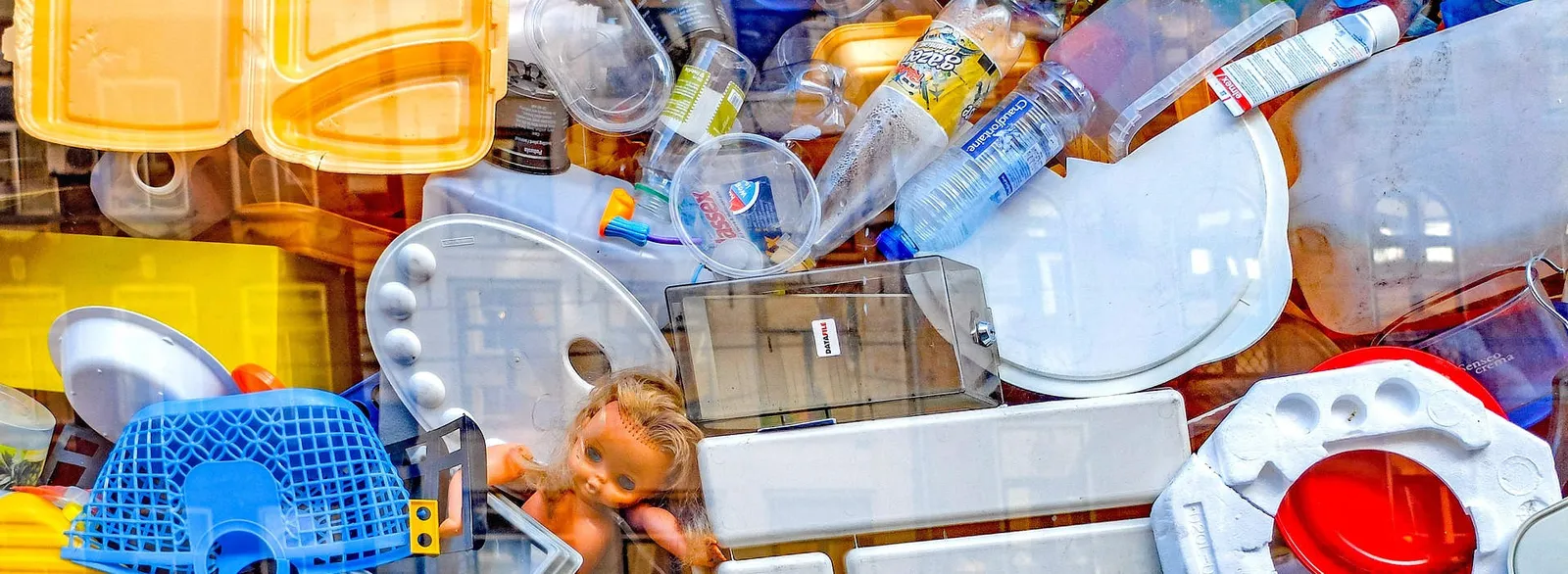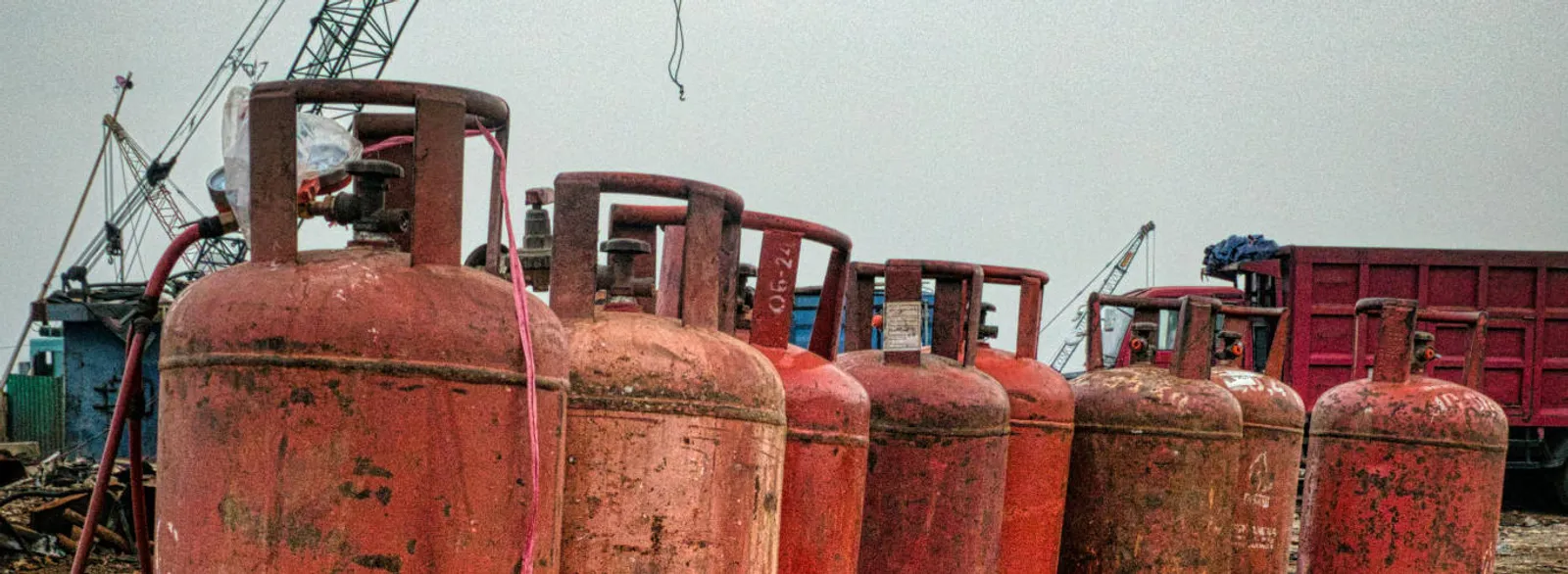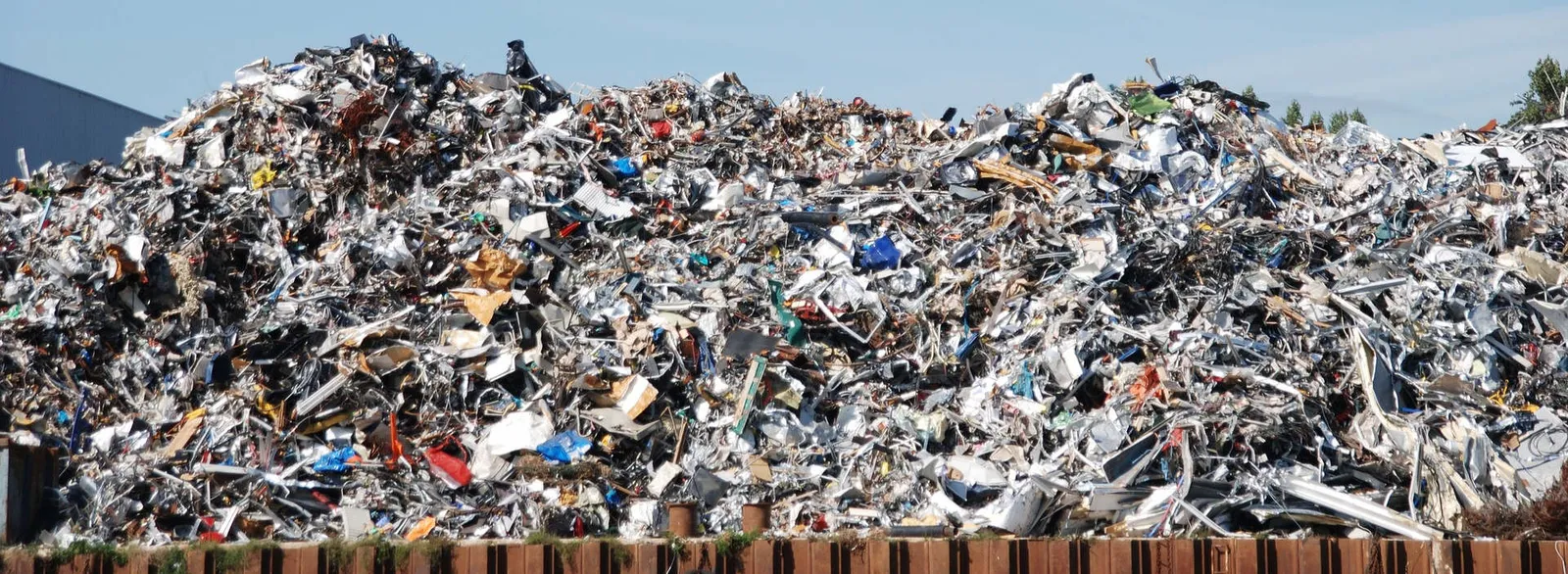If you are interested in ecology and recycling - sign up for our newsletter
Industrial waste is generated as a result of the activities of manufacturing, industrial, construction, mining, and other sectors of the economy. Its composition, quantity, and management methods are closely related to the nature of the specific industry. Industrial waste is a byproduct of various technological processes, making its composition significantly more complex than that of municipal waste. It may contain chemicals, heavy metals, construction debris, and expired chemical reagents. Each of these groups poses a serious challenge to the natural environment, requiring the application of appropriate technologies and disposal procedures.
Classification of Industrial Waste
Industrial waste can be divided into several main groups depending on its origin, properties, and environmental impact. Each of these groups requires a different approach to management and disposal, due to their specific characteristics.
Chemical waste is one of the most serious categories. It arises from chemical processes in industries such as the production of paints, varnishes, cleaning agents, and fertilizers. These substances often contain toxic components that can seep into the environment, contaminating soil, water, and air. Solvents, acids, alkalis, and byproducts of chemical reactions are examples of waste that require precise management and neutralization.
Gold in e-waste: Industrial waste, particularly from electronics, can contain trace amounts of precious metals such as gold and silver. It is estimated that one ton of e-waste may contain more gold than 17 tons of gold ore!
Expired chemical reagents are another category. They accumulate in laboratories, industrial plants, and research institutes, and over time lose their properties. Their storage becomes increasingly hazardous, and improper disposal can lead to explosions, emissions of toxic gases, or environmental contamination.
Chemicals change over time: Some chemical waste becomes more dangerous over time, altering its chemical properties and forming new toxic compounds when exposed to air or moisture.
Heavy metals and their compounds also constitute significant industrial waste. They are generated in metallurgical, electronic, and mining industries. Toxic elements such as mercury, lead, cadmium, and arsenic have the ability to accumulate in the environment and living organisms, causing serious health and ecological problems. Managing these wastes requires advanced recycling technologies and specialized storage methods.
Toxicity for millennia: Radioactive waste, such as spent nuclear fuel, emits harmful radiation for thousands of years. For example, the half-life of plutonium-239 is over 24,000 years.
Construction waste, such as rubble, dust, and demolition debris, also forms a significant group of industrial waste. Although less toxic, their massive quantities lead to the degradation of natural areas, occupy large spaces, and generate dust that can pollute the air. Recycling construction materials like concrete and bricks is becoming increasingly popular, helping to reduce the negative environmental impact.
Radioactive waste is one of the most problematic categories. It is generated in the nuclear energy sector, medicine, and research industries. Its longevity and ability to emit radiation for hundreds or even thousands of years necessitate special handling. Specialized storage facilities and isolation technologies are the only effective methods for dealing with this type of waste.
The last, but equally important group, is waste from the energy sector, such as ash, slag, and waste from the combustion of fossil fuels. Their large quantities and chemical composition can negatively affect soil and water quality. In some cases, appropriate processing of these wastes allows for their use in construction or the production of insulating materials.
Environmental Impact
Industrial waste has a particularly intense impact on the natural environment due to its toxicity and the difficulty of its neutralization. Chemical waste, being one of the most hazardous categories, contains substances such as acids, alkalis, solvents, and byproducts of chemical processes. These toxins seep into the soil, causing contamination for many years. If they enter groundwater, they can lead to long-term poisoning of water bodies, threatening both aquatic ecosystems and human health.
Accumulation of heavy metals: Industrial waste containing heavy metals such as cadmium or lead can seep into the environment and accumulate in living organisms, affecting the entire food chain.
Expired chemical reagents, if stored or disposed of improperly, can cause irreversible environmental changes. Leaks of toxic substances acidify the soil, degrade vegetation, and contaminate the air. They often lead to explosions or emissions of dangerous gases, amplifying their destructive impact.
Heavy metals such as mercury, lead, and cadmium seep into the environment and accumulate in living organisms. They cause damage to the nervous system, hormonal disruptions, and other serious health problems. Additionally, their persistence in the natural environment means they remain a threat for decades or even centuries.
Construction waste primarily affects the degradation of natural areas. The occupation of space by rubble landfills, dust in the air, and soil erosion lead to landscape changes and negatively impact local ecosystems. Although not as toxic, their presence in large quantities can significantly disrupt environmental balance.
Construction materials from waste: Debris from construction and demolition can be processed into new building materials, reducing the demand for natural resources and minimizing environmental impact.
Radioactive waste poses one of the greatest ecological threats. Its radiation can cause genetic mutations, destroy entire ecosystems, and lead to long-term contamination of large geographical areas. Advanced isolation technologies are required to prevent its release into the environment.
Emissions from the improper combustion of energy waste lead to atmospheric pollution with dioxins, furans, and particulate matter. This directly affects air quality and human health. Additionally, the release of greenhouse gases such as carbon dioxide and methane contributes to global warming and associated climate changes.






